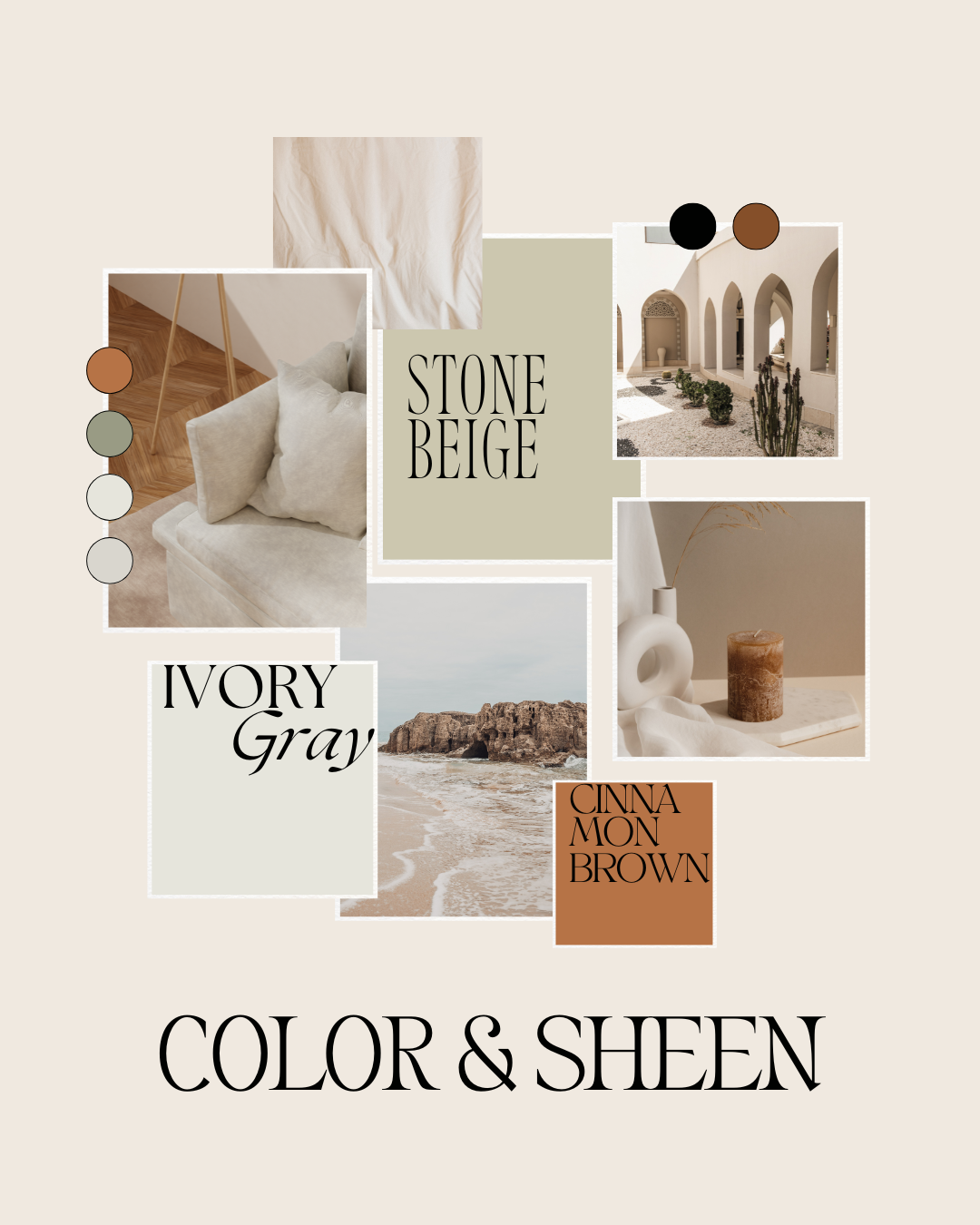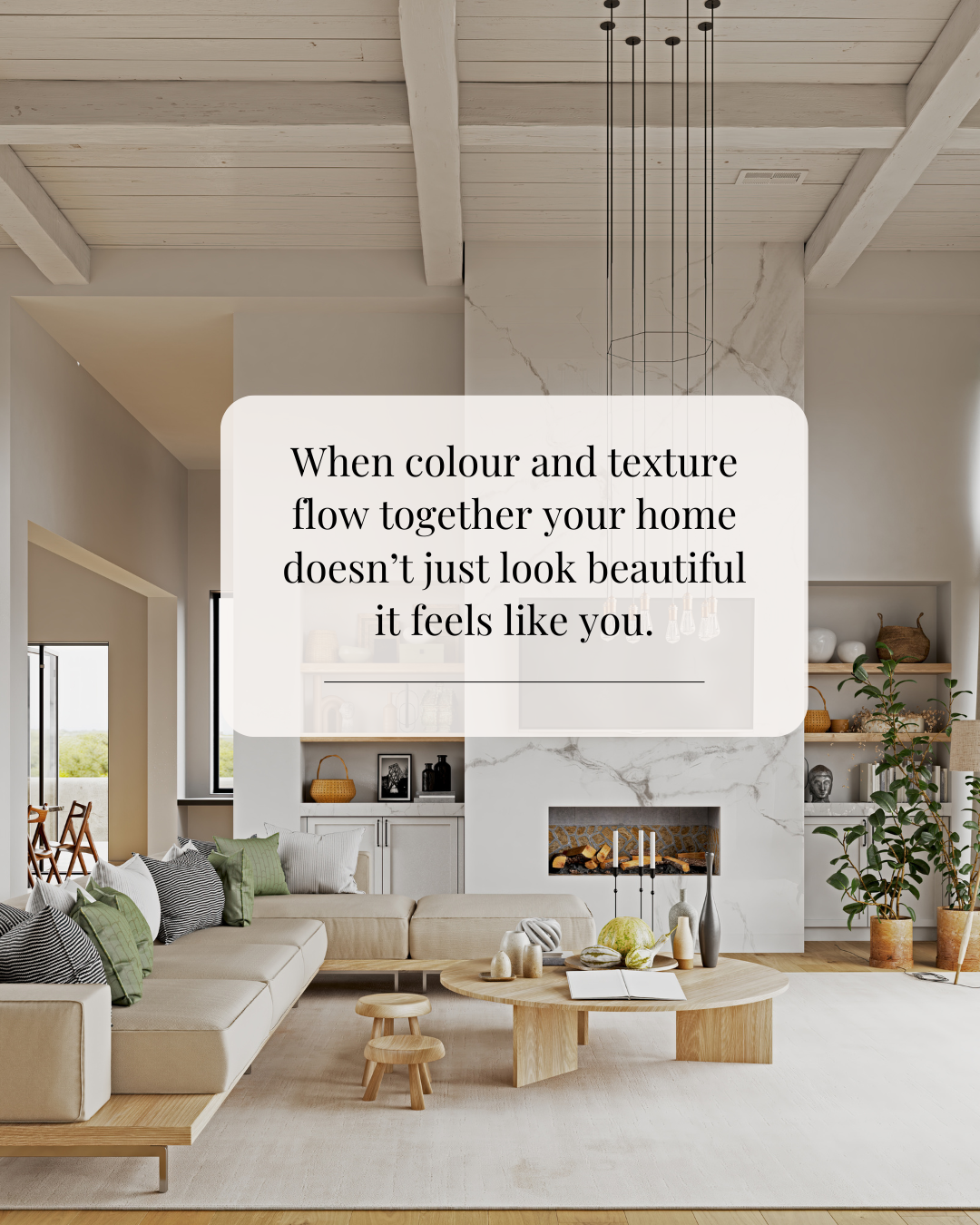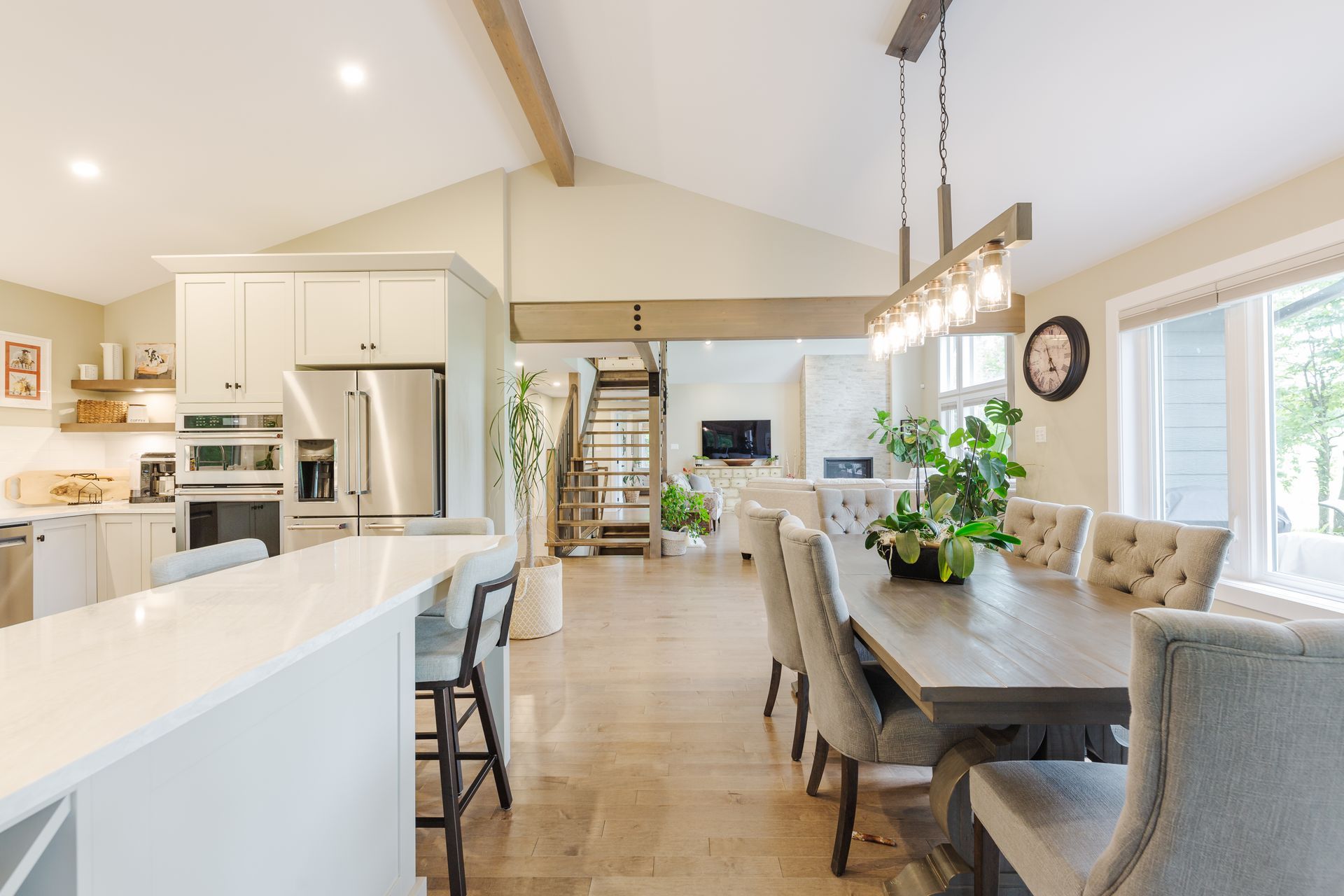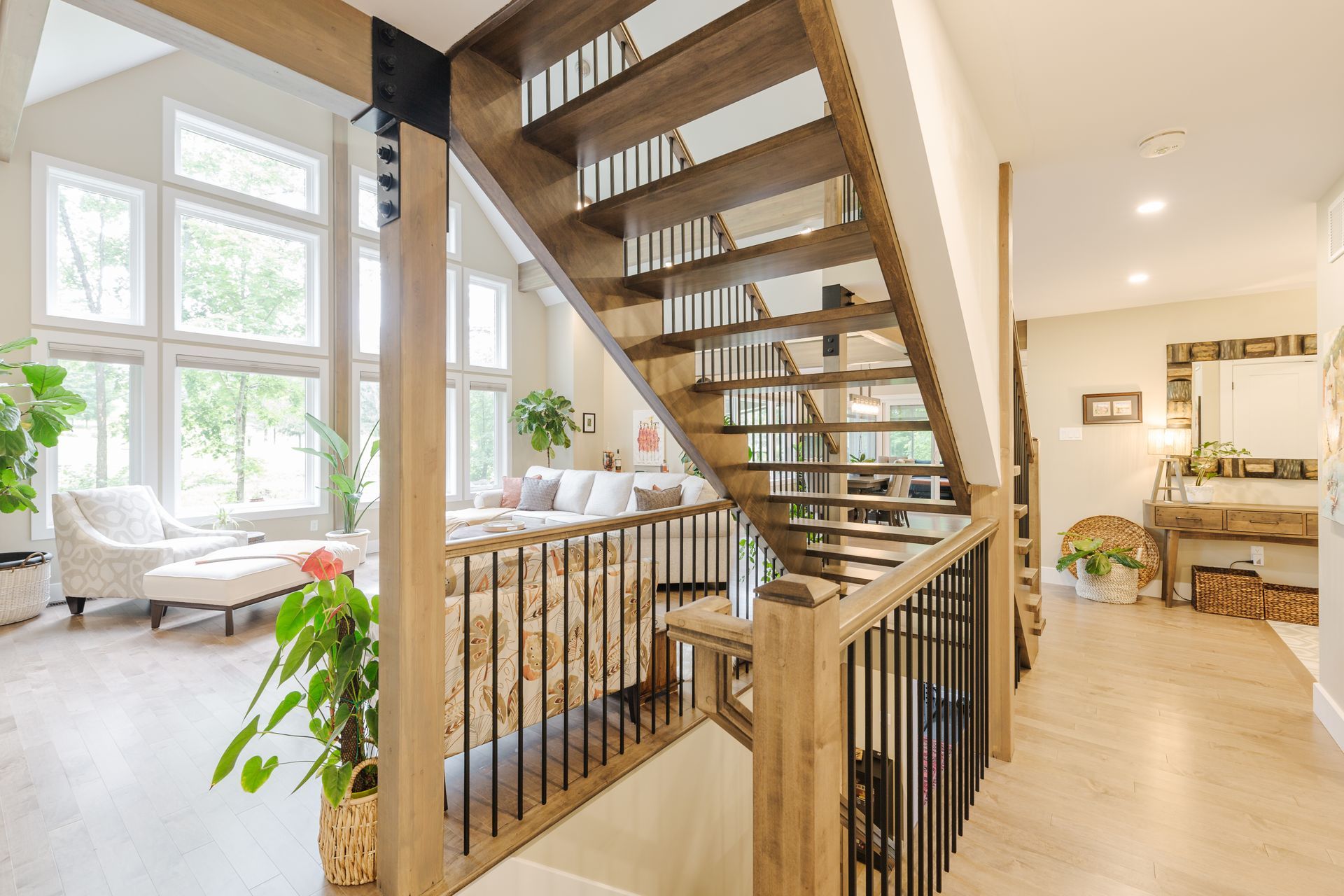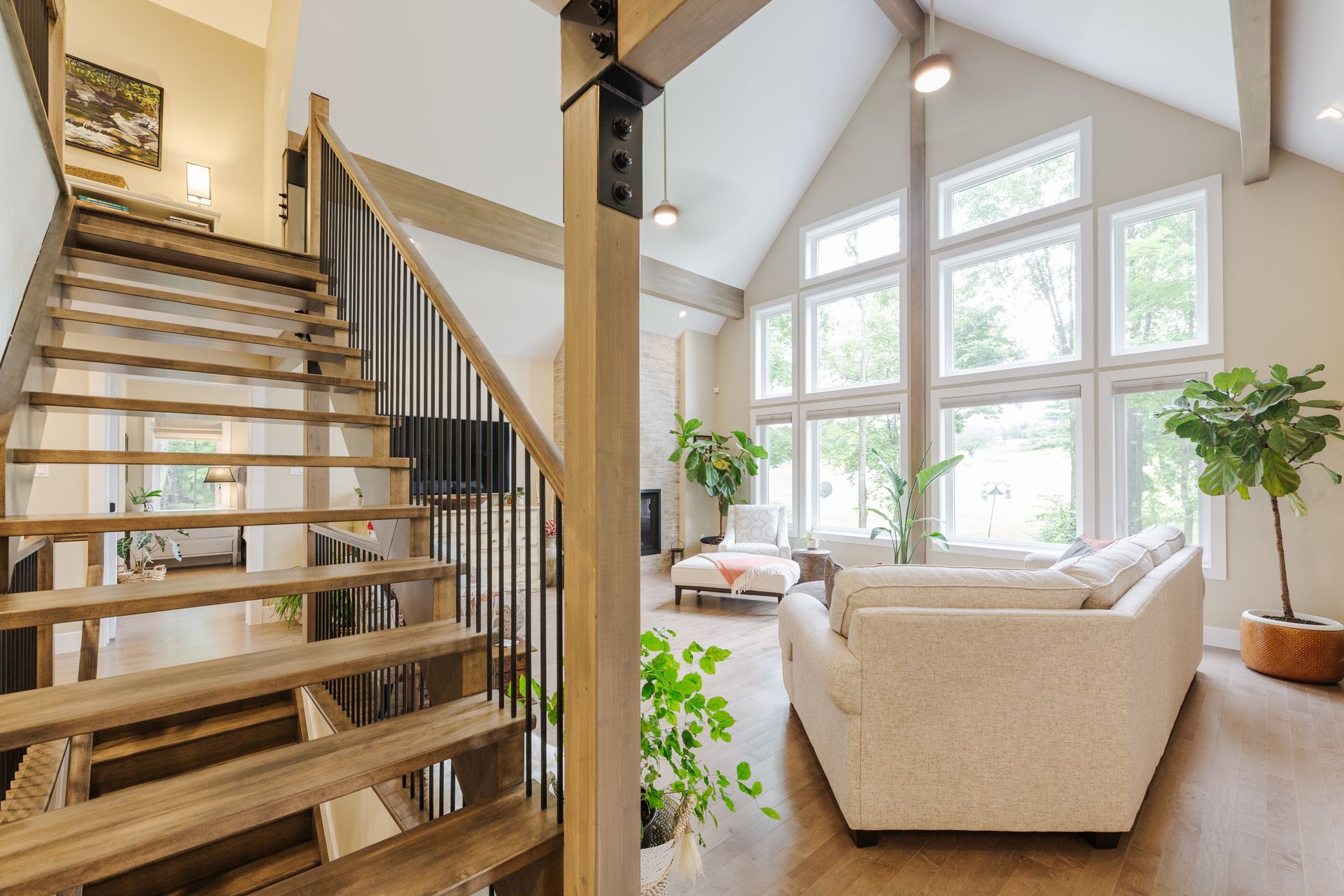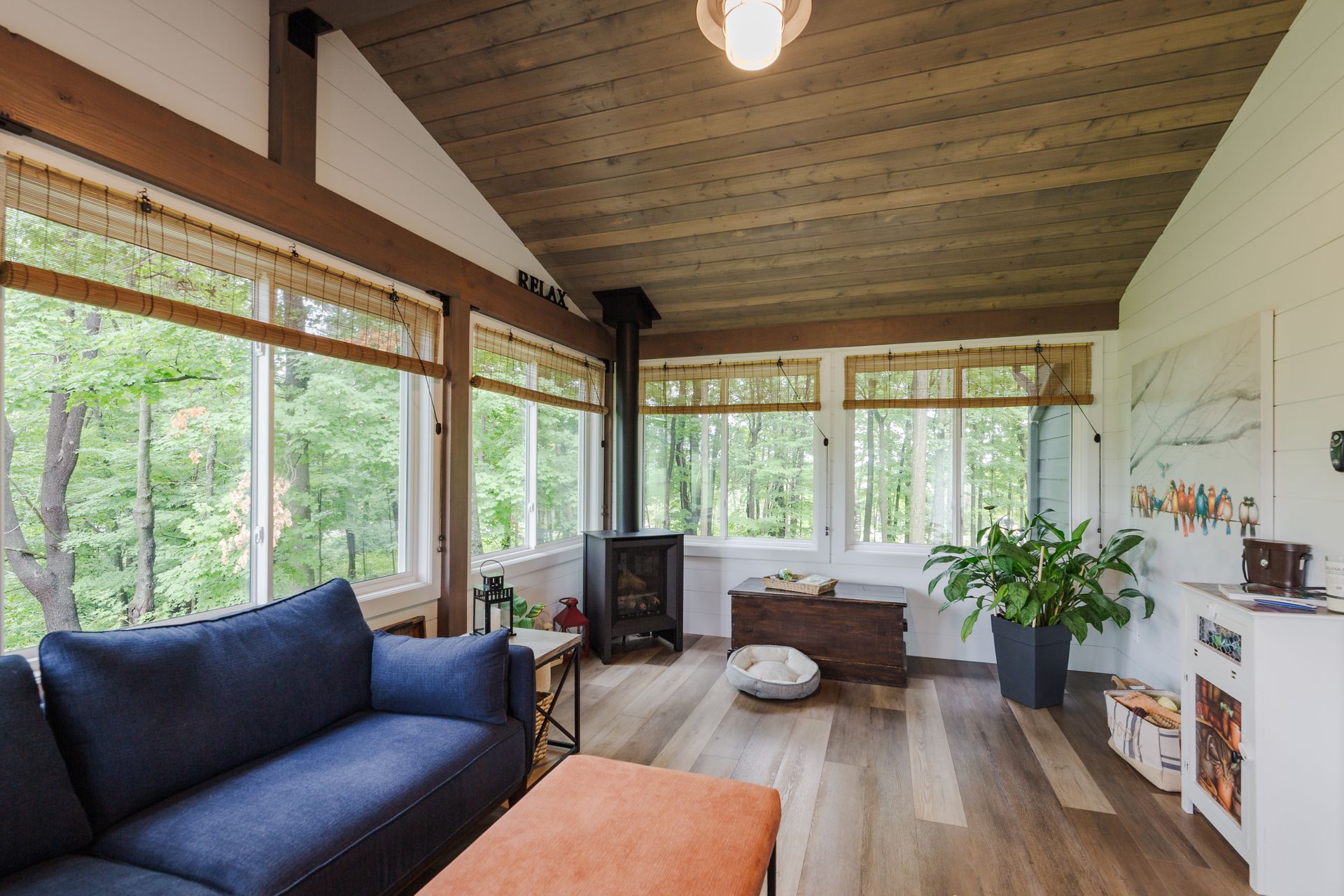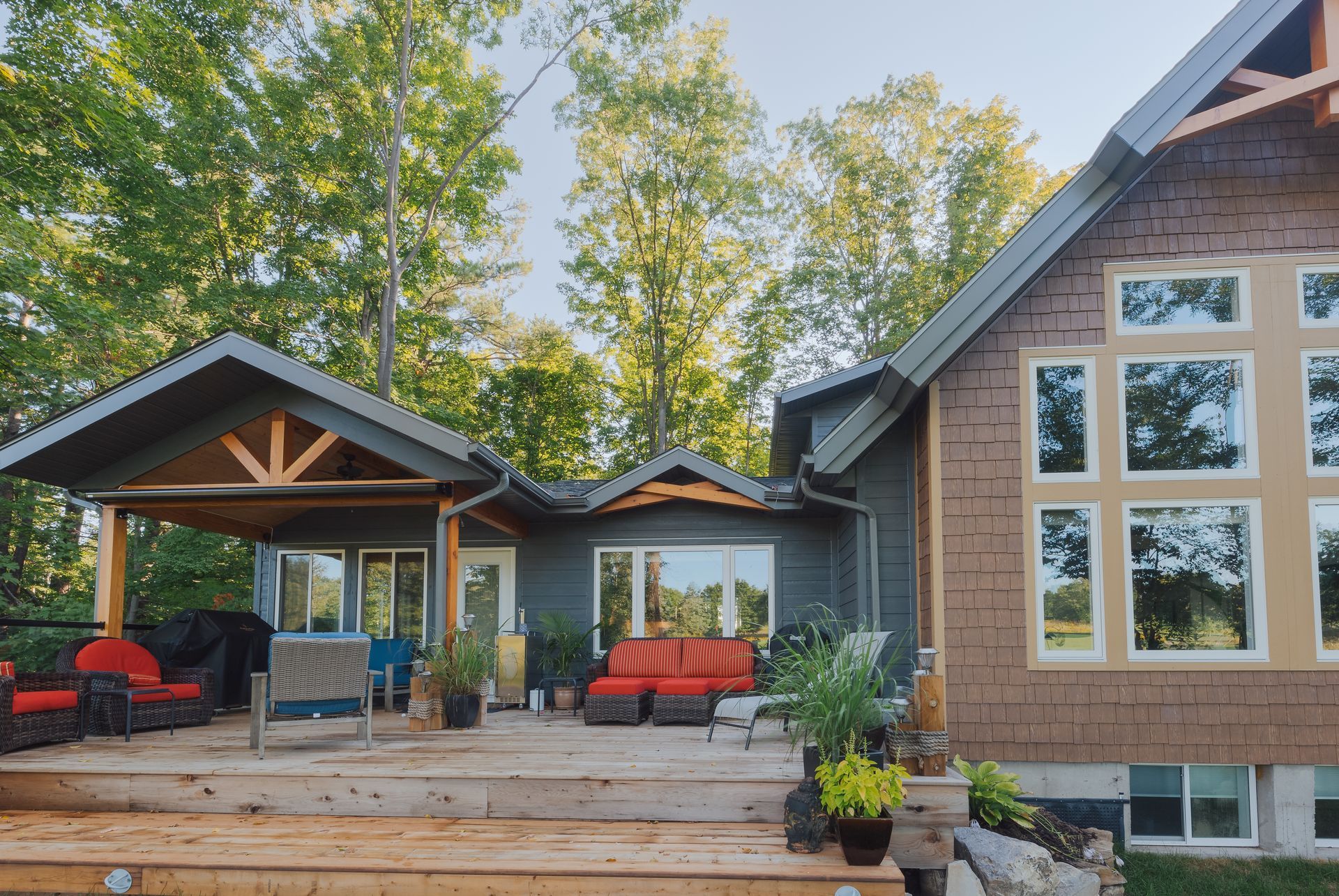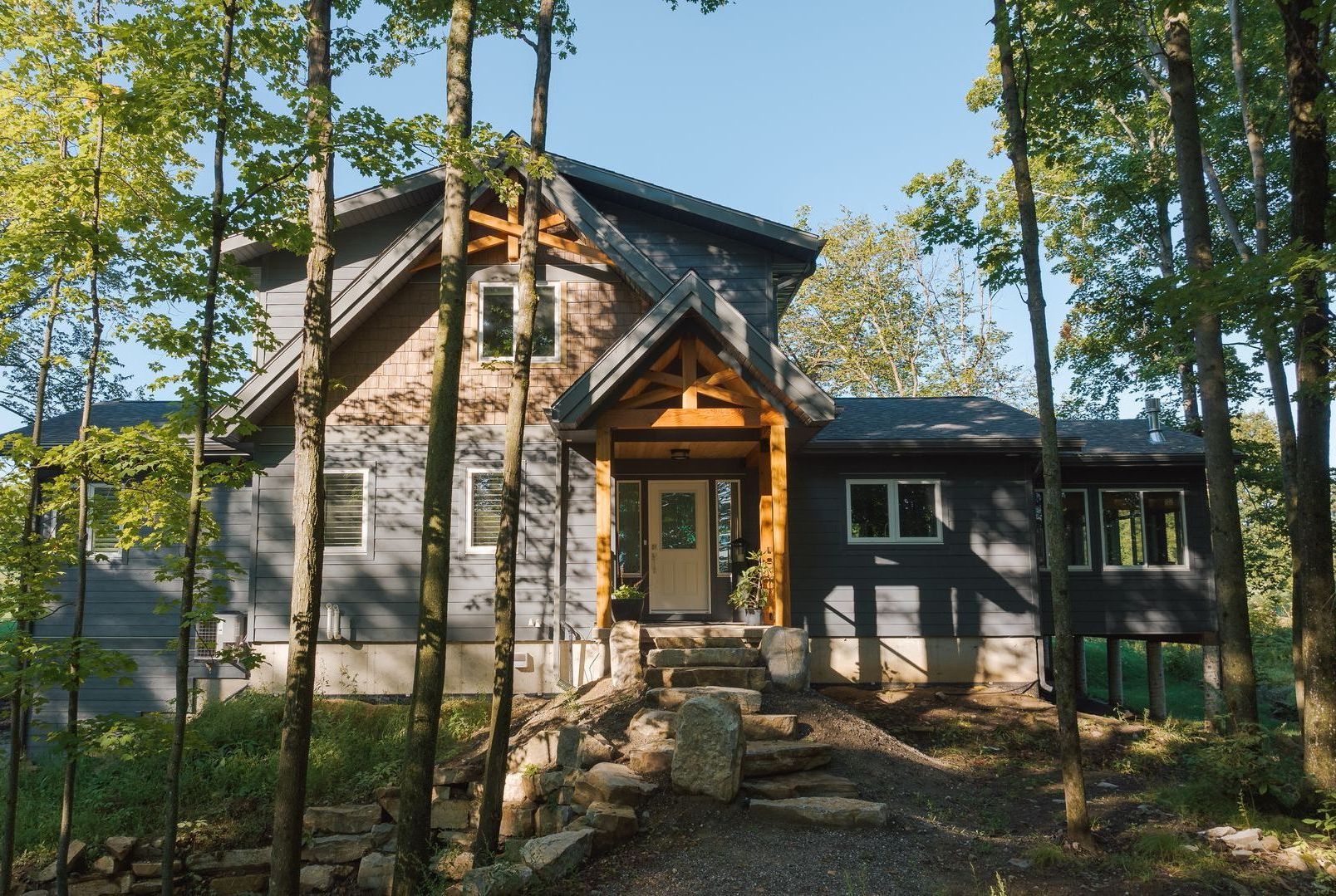Six Essential Interior Design Guidelines for a Functional, Beautiful Home
Creating a home that feels both stylish and functional often comes down to thoughtful details and intentional choices. While colour schemes and textures are important, the way you furnish, light, and accessorize a space can make or break its comfort and personality. Here are six essential design guidelines to help elevate your home.
1. Mix and Match Furniture for Interest
Gone are the days when everything had to perfectly match. Mixing furniture styles, materials, and finishes can create a room that feels layered, personal, and dynamic. For example, pairing a modern sofa with a vintage side table or combining wooden dining chairs with metal accents adds visual intrigue and makes a space feel curated rather than staged. The key is balance: keep some continuity in colour palette or scale, but don’t be afraid to mix shapes, textures, and eras. This approach allows your personality to shine through and gives each room a sense of depth and story.
2. Never Rely on a Single Light Source
Lighting shapes mood, highlights features, and defines functionality in a space. One overhead fixture rarely provides enough flexibility or warmth. Instead, consider layering light: combine ceiling lights, floor lamps, table lamps, and wall sconces. Each source serves a different purpose, ambient, task, or accent, and together they create a more welcoming and versatile environment. Layered lighting also allows you to adapt the room for different times of day and activities, whether it’s a cozy evening with a book or a lively dinner party.
3. Kitchens Need Task Lighting
While ambient lighting sets the overall mood, kitchens require dedicated task lighting to make cooking and food prep safe and efficient. Under-cabinet lights, pendant lamps over islands, and strategically placed recessed lighting ensure work surfaces are well illuminated. Task lighting doesn’t have to be purely functional; stylish pendants or sleek under-cabinet LED strips can become design features in their own right, adding both beauty and practicality.
4. Dimmers Are a Must
Installing dimmers is one of the simplest ways to add flexibility and ambiance to a space. Being able to adjust lighting intensity allows a room to transition from bright and functional to soft and relaxing in seconds. Dimmers are particularly valuable in living rooms, bedrooms, and dining spaces, giving you complete control over mood without the need for multiple switches or complex installations.
5. Storage Should Be Pretty as Well as Functional
Clutter-free spaces are a joy to live in, but storage doesn’t need to be purely utilitarian. Attractive shelving, stylish baskets, built-in cabinetry with decorative fronts, and open storage with thoughtful organization can turn practicality into design. By integrating storage that complements your décor, you create a home that’s both tidy and visually appealing proving that functionality and beauty can coexist seamlessly.
6. Artwork Doesn’t Need to Match
Art is a reflection of personal taste, not a strict interior design rule. While coordinating colour tones or frames can help unify a gallery wall, perfectly matching pieces aren’t necessary. Curating a mix of styles, sizes, and mediums often produces a more compelling and authentic look. A large abstract painting can coexist with family photos, prints, or vintage finds, creating a layered, engaging gallery that tells your story.
Bringing It All Together
Following these six design guidelines - mixing furniture, layering lighting, prioritizing task lighting in kitchens, installing dimmers, combining beauty with functional storage, and embracing eclectic art creates a home that’s not only visually interesting but practical for everyday life.
The beauty of these principles is their flexibility. They can be adapted to any style, space, or budget, allowing your home to evolve over time while remaining functional, inviting, and uniquely yours. Small thoughtful choices make a big difference in turning a house into a truly lived-in, loved home.
Let's chat about how I can help.
